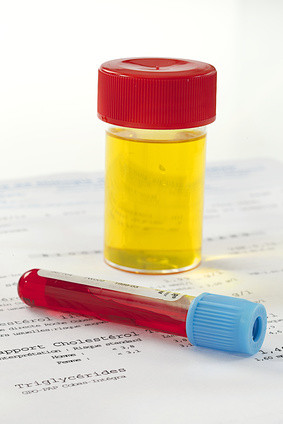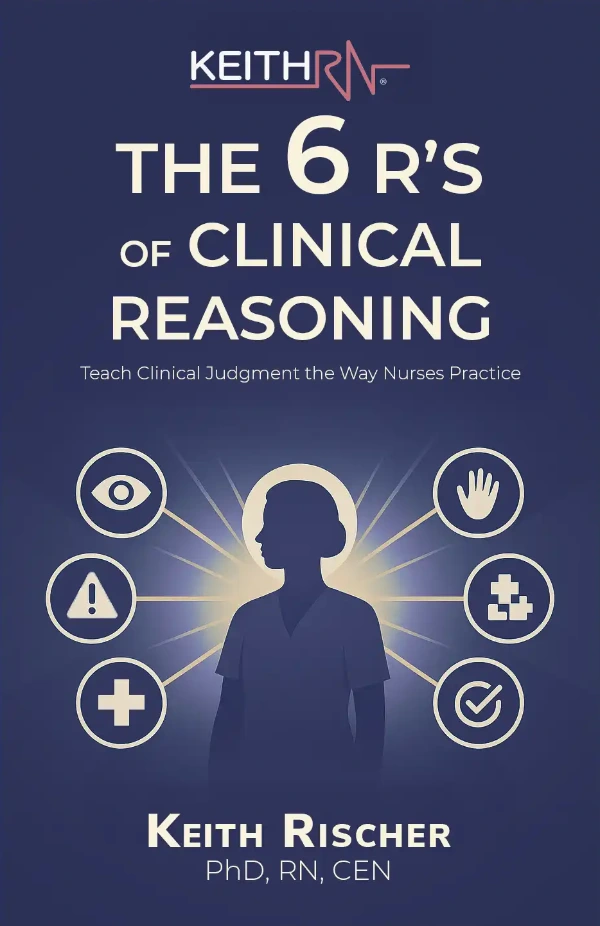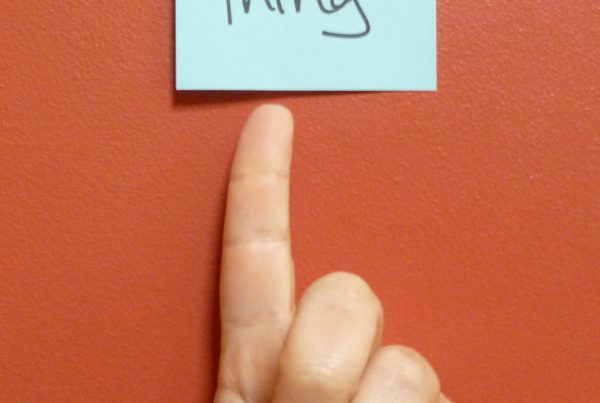
Thinking like a nurse is not easy and truth be told, teaching students to think like a nurse is even harder! It is so much more than nursing process and written care plans.
It involves critical thinking which is the ability of students to act on what they know, recognition or recognizing how clinical is related and clinical reasoning and how to think action and reason if a patient situation changes.
But there is another way of thinking that nurses use in clinical practice that is not taught directly in most textbooks and is a nuanced way of thinking that students must know and to graduate practice-ready and more like a nurse.
What is this nuanced nurse thinking skill?
Lab Planning
It is using a relevant abnormal lab value and developing a plan of care and essential nursing assessments.
I call this “lab planning.” It is not enough to identify that a lab value is abnormal.
Is it RELEVANT to the patient and the primary problem? If the answer is yes, the nurse must be able to identify what to DO about it by asking what assessments and interventions must be implemented as a result of this relevant, abnormal lab.
This is an excellent example of how the nurse must be able to USE knowledge and APPLY it in the clinical setting, not just memorize content in order to pass a test.
An abnormal lab value in and of itself does not mean it is significant or a relevant finding. The ability to recognize the relevance of abnormal clinical data requires time and experience to develop in the clinical setting.
Clinical Example
By putting this content into context in practice, students will be able to identify and recognize the relationship between the primary problem and the most relevant clinical data.
For example, a student is caring for a patient who has been admitted for heart failure exacerbation
and collects the following clinical data from the chart:
- Creatinine increased from a baseline of 1.4 and is now 2.5
- B-Natriuretic Peptide (BNP) increased from a baseline of 180 and is now 1255
The nurse can use these relevant, abnormal findings to create a “lab plan of care” that will dovetail with traditional nursing care priorities based on the primary problem.
Because creatinine is a key indicator of renal function and kidney perfusion and the BNP represents the degree of ventricular stretch and overload, the nurse must recognize the clinical significance and relationship of these labs to the primary problem. If this is done, the nurse will be able to use this knowledge to develop a “lab plan of care” with needed nursing assessments and interventions.
“Lab Plan” w/Creatinine (0.6-1.2): CURRENT: 2.5
- Assess urine output and I&O. Determine if minimum of
30 mL/hour of urine output is present- Fluid restriction if ordered
- Assess for signs of fluid retention/edema
- Assess daily weight and trend daily
“Lab Plan” w/BNP (<100): CURRENT: 1255
- Assess respiratory status for tachypnea and breath sounds for basilar or scattered crackles (may be fine or course crackles depending on severity)
- Assess HR and SBP carefully to promote decreased cardiac workload (heart rate <80 and SBP <140
- Assess tolerance to activity
- Assess I&O and urine output
- Assess lower extremities for any pitting edema present
Closing Thoughts
In order to close the current “education/practice gap” and transform nursing education, it is imperative to use the same ways of thinking that nurses use in practice to set care priorities.
When these alternative care planning strategies are implemented in nursing education, students will be one step AHEAD, and not one step BEHIND as they graduate and transition to real world practice.
Let’s do all we can to be the needed change and transformation that is needed in nursing education so students graduate better prepared for the NCLEX® and professional practice!
Comment Question:
How do you make lab values and F&E content practical and practice-based in your clinical?
Comment below and let the conversation begin!
Related Blogs to Check Out!
Keith Rischer – PhD, RN, CEN
As a nurse with over 35 years of experience who remained in practice as an educator, I’ve witnessed the gap between how nursing is taught and how it is practiced, and I decided to do something about it! Read more…
The Ultimate Solution to Develop Clinical Judgment Skills
KeithRN’s Think Like a Nurse Membership
Access exclusive active learning resources for faculty and students, including KeithRN Case Studies, making it your go-to resource.




